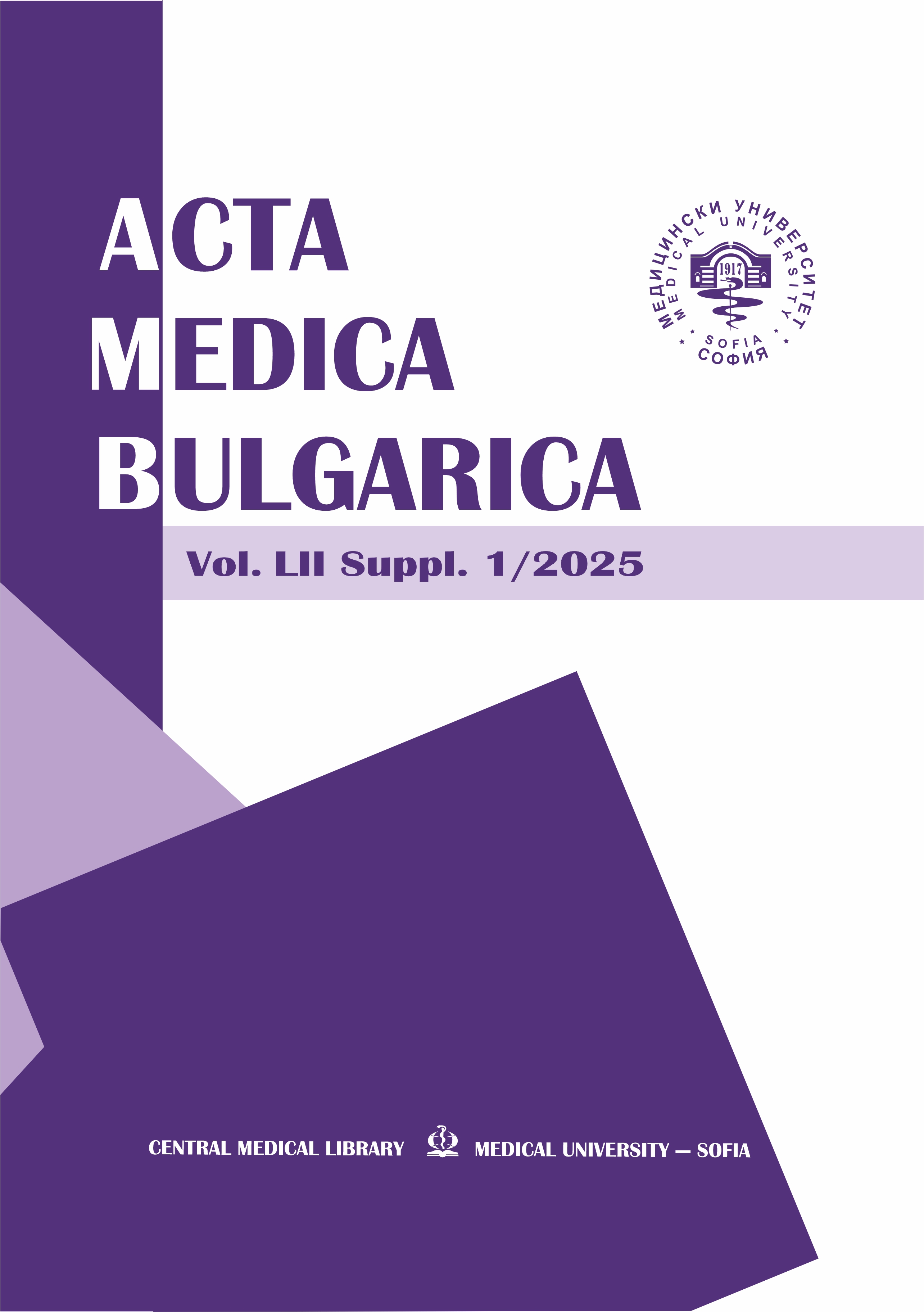Chronic cholecystitis with synchronized candida infection – a rare case from rural India
DOI:
https://doi.org/10.2478/AMB-2025-0024Keywords:
chronic cholecystitis, gall bladder, C. albicans, Candida infection, histopathologyAbstract
Background. Candida infection may cause acute, necrotizing or suppurative cholecystitis. Acute cholecystitis with Candida infection has been reported in patients with malignancies. Chronic cholecystitis with synchronized candida infection is a rare combination of pathologies. Case report. In the present case, we report chronic cholecystitis with Candida albicans (C. albicans) infection in 35 years young female. She presented in the outpatient department (OPD) with pain in the abdomen for 2 months. Radiological findings were suggestive of gallstones. Cholecystectomy was done, and a formalin-fixed specimen was sent for the histopathology examination. The gall bladder was measured 8.0 x 3.5 x 1.5 cm in dimensions. The mucosa was atrophied, and the wall thickness measured 0.4 cm to 0.7 cm. Histopathology findings were suggestive of chronic cholecystitis with Candida infection. PAS and GMS stain confirmed fungi, i.e. C. albicans. Based on these findings, the current case was reported as chronic cholecystitis with synchronized C. albicans infection. This case is being reported because of its rarity. Conclusion. C. albicans is a global health issue because of its high prevalence rate. Its identification in the gall bladder is often ignored, resulting in delayed or improper management. This case report emphasizes the importance of submitting all gall bladder specimens for histopathological examination and the occurrence of C. albicans infection at rare sites, such as gall bladder, so that pathologies can be diagnosed and managed accordingly.
References
Mohan H. The liver, biliary tract and exocrine pancreas. In: Textbook of Pathology. 6th edition. New Delhi: Jaypee Brothers Medical Publishers; 2010.
Rosai J. Gallbladder and extrahepatic bile ducts. In: Rosai and Ackerman’s Textbook of surgical pathology. 9th ed. New Delhi: Elsevier;2004.
Hitkova HY, Georgieva DS, Hristova PM, Sredkova MP. Antifungal susceptibility of candida albicans isolates at a tertiary care hospital in Bulgaria. Jundishapur J Microbiol 2019;12(7):e92079
Schirmer BD, Winters KL, Edlich RF. Cholelithiasis and cholecystitis. J Long Term Eff Med Implants. 2005;15(3):329-38.
Pullinger CR, Eng C, Salen G, et al. Human cholesterol 7 alpha-hydroxylase (CYP7A1) deficiency has a hypercholesterolemic phenotype. J Clin Invest 2002; 110:109-17.
Pfaller MA, Diekema DJ. Epidemiology of invasive candidiasis: a persistent public health problem. Clin Microbiol Rev 2007;20(1): 133-63.
Odds FC, Brown AJ, Gow NA. Candida albicans genome sequence: a platform for genomics in the absence of genetics. Genome Biol. 2004;5 (7): 230.
Allert S, Forster TM, Svensson CM, et al. Candida albicans -induced epithelial damage mediates translocation through intestinal barriers.mBio, 2018;9(3):00915-18.
Filler SG, Swerdloff JN, Hobbs C, Luckett PM. Penetration and damage of endothelial cells by candida albicans. Infect Immun. 1995;63(3):976-83.
Lopes JP, Lionakis MS. Pathogenesis and virulence of candida albicans. Virulence, 2022; 13(1):89-121.
Guarner J, Brandt ME. Histopathologic diagnosis of fungal infections in the 21st century. Clin Microbiol Rev.2011;24(2):247-80.
Downloads
Published
Issue
Section
License
Copyright (c) 2025 S. Dayal (Author)

This work is licensed under a Creative Commons Attribution-NonCommercial-NoDerivatives 4.0 International License.
You are free to share, copy and redistribute the material in any medium or format under these terms.


 Journal Acta Medica Bulgarica
Journal Acta Medica Bulgarica 